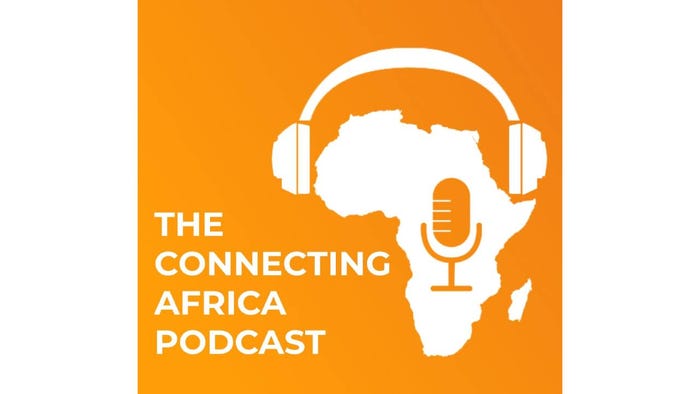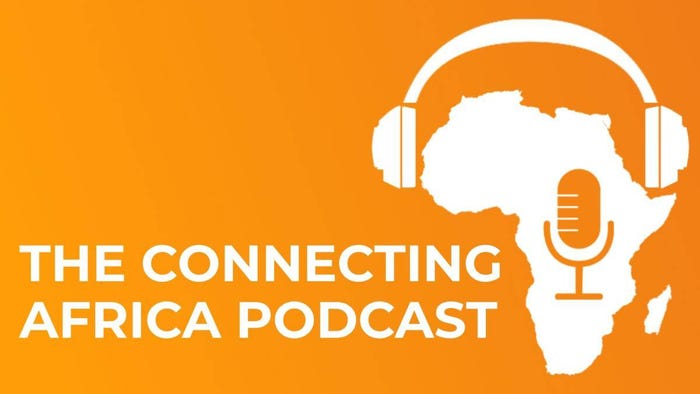Sub-Saharan Africa has world's worst mobile gender gap
Women in sub-Saharan Africa are 37% less likely to use mobile Internet than men, according to the GSMA – giving it the largest mobile gender gap globally.

There are still 74 million unconnected women in sub-Saharan Africa, and women are still 13% less likely to own a mobile phone than men in the region.
That is according to the GSMA's 2021 Mobile Gender Gap Report which shows that mobile ownership rate for women in sub-Saharan Africa was 75% in 2020, compared to 82% in the Middle East and North Africa (MENA) and 83% for low- and middle-income countries (LMICs) in general.

Source: GSMA’s Mobile Gender Gap Report 2021.
Overall for LMICs the mobile gender gap actually shrunk over the past year, to 15% from 19% a year ago, despite the onset of COVID-19.
The improvement was mostly because of a record number of women in South Asia now using mobile Internet services, but unfortunately the same cannot be said for sub-Saharan Africa where things actually got worse over the past year.
Women in sub-Saharan Africa are 37% less likely to use the mobile Internet compared to men, slightly worse than 36% in 2019, making it the region with the largest mobile gender gap globally.
In 2019 women in South Asia were 50% less likely to use the mobile Internet; this reduced to 36% in 2020. However, there are still 201 million unconnected women in the region, and women are 19% less likely to own a mobile phone in South Asia.
Mobile dominates
Women are, however, more likely than men to access the Internet exclusively via mobile in almost all markets surveyed. In Kenya, for example, 63% of male Internet users said they only used the Internet via a mobile device compared to 79% of females.
The GSMA said this reliance by women on mobile demonstrates the disproportionate benefit of increasing their access.
"If women are to become equal citizens in a more digital, post-COVID world, closing the mobile gender gap has never been more critical," said Mats Granryd, director general of the GSMA.
"I urge policymakers, the private sector and the international community to take note of the important findings laid out in the Mobile Gender Gap Report because only concerted action and collaboration will enable women and their families to reap the full benefits of connectivity," Granryd added.

Source: GSMA’s Mobile Gender Gap Report 2021.
The GSMA report showed an estimated 112 million more women started using mobile Internet last year across LMICs. Nevertheless, there are still 234 million fewer women than men accessing mobile Internet in these countries.
Affordability, lack of literacy and digital skills, and lower awareness of mobile Internet are critical and common barriers for women. The underlying gender gap in mobile ownership also persists and is proving difficult to close.
Ownership gap
Analysis shows that even when women have the same levels of education, income, literacy and employment as men, they are still less likely to own a mobile phone or use mobile Internet, suggesting that other issues are at play, such as discrimination and social norms.
"The pandemic has had a disproportionate impact on women who have not only taken on more household responsibilities and educating their children from home, but also suffered the loss of jobs and income. Despite this, the pandemic does not appear to have had a negative overall impact on women's mobile ownership and use compared to men," the report said.
For the first time since 2017, the gender gap in smartphone ownership reduced across LMICs. In 2019, women were 20% less likely to own a smartphone, but this dropped to 15% in 2020.
Women and men who own a smartphone are also much more likely to be aware of mobile Internet and to use it than those who own a basic or feature phone. For example, in Nigeria, 93% of female smartphone owners use mobile Internet, compared to only 12% of women who own a feature phone.
When women own a smartphone, their adoption of mobile Internet and the range of mobile services they use is almost on par with male smartphone owners, the GSMA report found.
Findings from the report are based on results from over 9,000 face-to-face surveys across eight low- and middle-income countries, and subsequent modeling and analysis of the data.
The GSMA introduced the Connected Women Commitment Initiative in 2016 to catalyze action to close the mobile gender gap.
Mobile operators continued to make commitments during 2020, with 40 mobile operators across Africa, Asia and Latin America making formal commitments to accelerate digital and financial inclusion for women since 2016. These operators have already reached more than 40 million additional women with mobile Internet or mobile money services.
*Top image source: GSMA's Mobile Gender Gap Report 2021.
— Paula Gilbert, Editor, Connecting Africa


.jpg?width=700&auto=webp&quality=80&disable=upscale)
_(1).jpg?width=700&auto=webp&quality=80&disable=upscale)
_(1).jpg?width=700&auto=webp&quality=80&disable=upscale)
.jpg?width=700&auto=webp&quality=80&disable=upscale)
.jpg?width=700&auto=webp&quality=80&disable=upscale)
.jpg?width=700&auto=webp&quality=80&disable=upscale)
.jpg?width=700&auto=webp&quality=80&disable=upscale)
.jpg?width=700&auto=webp&quality=80&disable=upscale)


.jpg?width=700&auto=webp&quality=80&disable=upscale)
